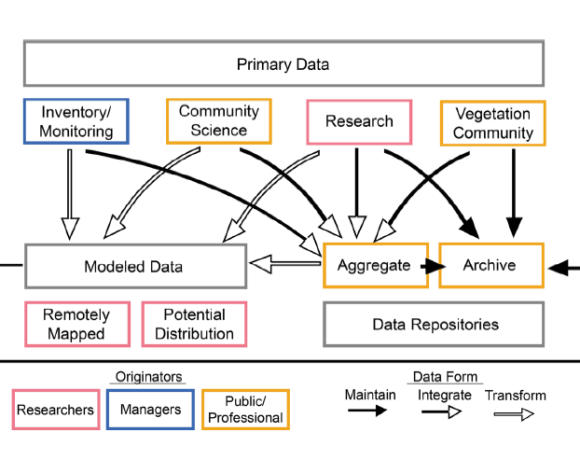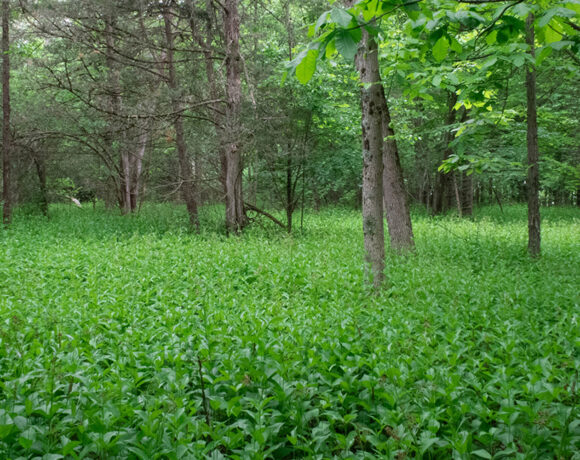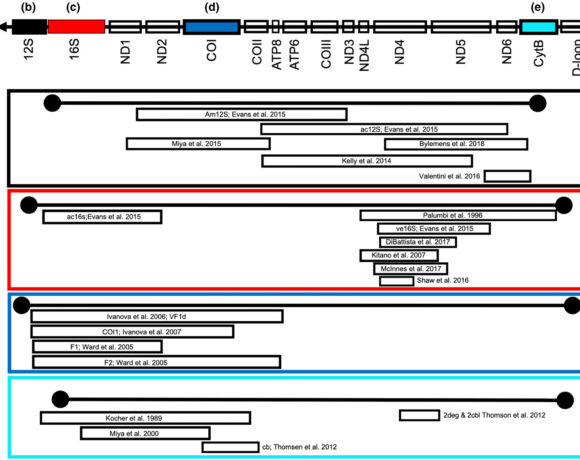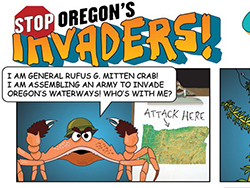Time, patience, and biodiversity: a recipe for biotic resistance?
Santamaría, J., Golo, R., Verdura, J., Tomas, F., Ballesteros, E., Alcoverro, T., Arthur, R. and Cebrián, E., 2022. Learning takes time: Biotic resistance by native herbivores increases through the invasion process. https://doi.org/10.1111/ele.14115
Summary written by Justin Dalaba, edited by Audrey Bowe
We’re kicking off the new year with a new way of thinking about management. This article explores a case study of biotic resistance, where over time native species may limit the invasion of other species.
Summary
As the science unfolds around how invasive species impact ecosystems, we are learning more about how biodiversity within these communities may help promote or prevent the success of invasive species. Biotic resistance is the idea that native communities have the potential to reduce the success of invasive species. This can take many forms including competition, predation, herbivory, or disease. In one such case study, Santamaria et al. report evidence of a native herbivorous fish (Sarpa salpa) learning to consume an invasive alga (Caulerpa cylindracea) in less than a decade. They use a space-for-time substitution in addition to long-term monitoring records to assess whether this novel interaction is mediated by time since invasion or invader abundance. They showed that S. salpa’s preference for the invasive alga C. cylindracea was influenced by time since invasion, developing within 5 years. Despite the alga’s herbivore deterrent properties, S. salpa preferred it over native alternatives in paired-choice experiments at eight different locations in the Mediterranean Sea. Regardless of abundance of the invasive alga, S. salpa displayed at least a 2.5-fold higher preference for the C. cylindracea over native species. Fish at more recently invaded locations did not exhibit the same preference, confirming the influence of time since invasion. The authors note how mechanisms such as learning and social transmission may intensify biotic resistance and eventual reduction of the invasive. Overall, these results suggest that novel predator-prey interactions can develop with time, becoming an effective biotic resistance mechanism against invasive species.
Key take-aways:
- Native communities may need time to develop effective resistance mechanisms against invasive species and effective biotic resistance may eventually limit invasive success
- The dominant, native herbivore (S. salpa) developed a clear preference (more than 90% of individuals) toward invasive alga (C. cylindracea) over native alga within 5 years, even at low abundance of the invader
- The strength of consumer-resource interactions increases as native species become increasingly familiar with invasive species over time
Management implications:
- Space-for-time designs or chronosequences (series of sites with different time since invasion) provide a pragmatic alternative to long-term monitoring and can help suggest effective strategies in managing new and ongoing invasions
- Conserving biodiversity within native communities may be key for the development of potential biotic resistance mechanisms against invasive species
- Managing invasive species takes not just patience and time, but an understanding of the long-term dynamics of their interactions with native communities













